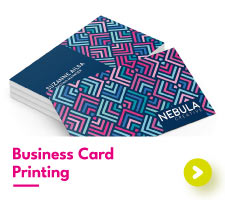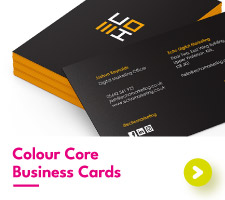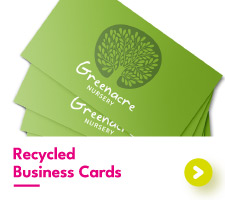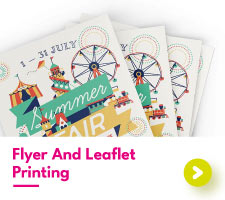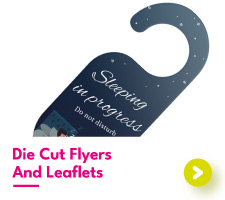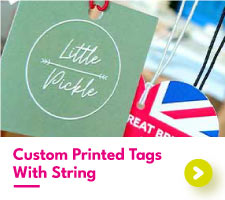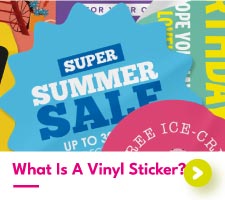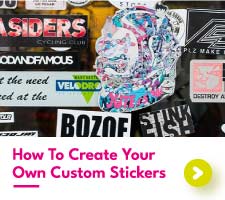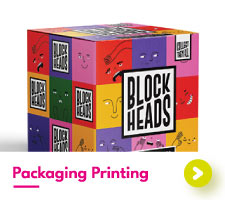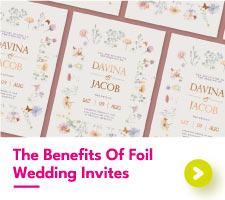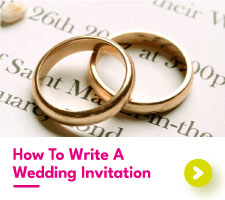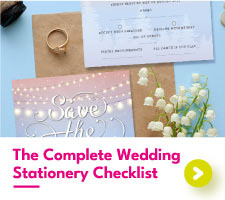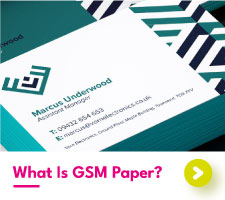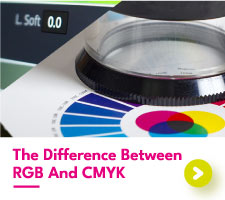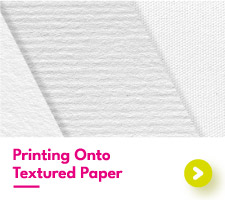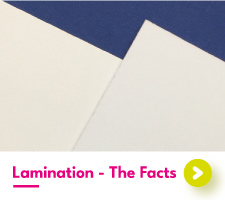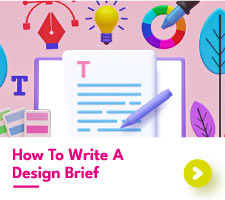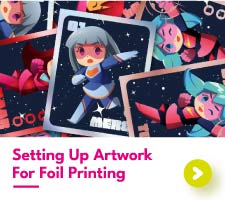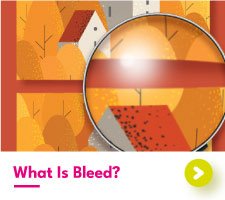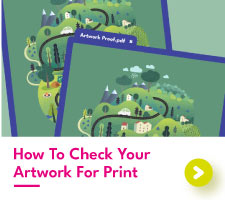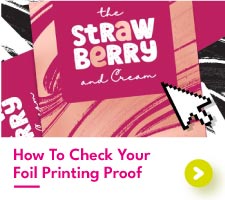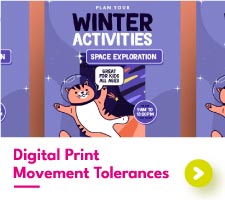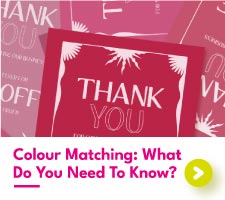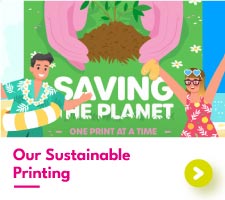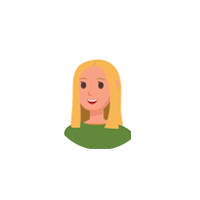Packaging Design: What You Need To Consider
Design Packaging In A Changing Landscape
Packaging design is perpetually in motion. Evolving with the times and running parallel with trends in fashion, technology, psychology, and the environment. Packaging designers not only have to think about capturing the hearts, minds, and eyes of window shoppers, it’s now a necessity to think about the entire life cycle of their package design encompassing a cradle-to-grave mentality.
Putting it simply, how can your package design be most effective with the smallest negative impact? Balancing sustainability, costs, the unboxing experience, accessibility, and protectiveness.
Let’s bring this change in how creative packaging design comes to be into context though. Think back to the 90s, when it was common to see off-the-shelf products in sealed plastic packaging designs that you needed an angle grinder to get into. You’d be lucky to free your device from inside that plastic tomb without a few cuts. In that era, not much thought was given to all the wasted space, inefficiencies in distribution, or how to dispose of the leftover plastic waste.
Compare that now to modern packaging nowadays using 100% cardboard packaging, with plant-based inks, and even going as far as not including things like charger bricks to reduce space and the shipping volume. The point is that it’s simply not good enough for packaging designers to be content with how a product looks on the shelf. Innovative packaging is now holistic and every stage of packaging design needs to be thought about for the impact it could have.
Magpies, Attractive Designs For Packaging Are Still Key
The word attractive is defined as having qualities or features which arouse interest.
When it comes to package designs, while subjective, for your packaging to be seen as attractive by your target audience, the choices you make along the way will need to align with their likes and dislikes. The package design as a whole needs to be well thought out and it's simply not good enough to just be colourful or large. If you don't strike this balance, then your packaging ideas are likely to fall flat.
For example, let's think about a small handmade soap business that wants to expand into health stores in the future. Their core audience is very eco-conscious and loves to purchase the items directly from the seller at their local market. There are a few avenues you could go down.
| A recycled kraft cardboard box | No packaging at all | |||||||||||||||||||
|---|---|---|---|---|---|---|---|---|---|---|---|---|---|---|---|---|---|---|---|---|
 |
 |
|||||||||||||||||||
|
|
While there is no perfect package design, both options as you see have pros and cons and the real skill is weighing up what is the best balance.
The no-packaging option might seem the most attractive at first because it relies heavily on what their current customers find attractive. While it may not be innovative packaging, it is as eco-friendly as you can possibly get. For local shoppers, the naked packaging works too because there is very little travel involved in getting the product from manufacturing, to a market stall in front of customers so there is less need for protection.
The only downside with no packaging is it isn't forward-looking. The business may struggle to have its product displayed in the health stores it wants to expand into. It doesn't offer any protection to the product, nor allows for simple things like expiry dates or bar codes which would be essential.
The recycled kraft cardboard box would rectify the downfalls of having no packaging at all, while still being attractive to their audience.
So, it’s a balance of what can your packaging design ideas achieve to garner maximum attraction from an audience while still being innovative enough to meet all your other needs.

Is There A Secret Formula For Innovative Packaging Design?
While we're sure top packaging designers and consultants can create modern and innovative packaging with their eyes closed, not everyone has the experience or know-how. They’re probably also not dealing with the same constraints of budgets and realism that smaller businesses will face.
Let's change that shall we?
If you’re a novice at packaging design, before creating your nets, you’ll need to do some competitor research, draw up some concepts, and decide which packaging designs are ideal for you. Try not to get hung up on fancy concept packaging either. While they may look amazing, more often than not they never reach store shelves. They're more marketing gimmicks than realistic expectations for package designs.
With that said, to help you along your package designing adventure, we’ve come up with these handy questions to be asking yourself. Hopefully, this will guide you towards a holistic approach to innovative packaging solutions.
Sustainability
1/ Does your package design encompass efficient utilisation of space?This could simply be the box design correctly sized for what it’s housing. Is there wasted space that can be minimised to still achieve the packaging design? It also stretches to thinking about how your box design can be stacked on a shelf or when palletised and distributed across the globe.
2/ Are you taking advantage of environmentally friendly materials that still allow you to achieve your package design and budget?
For example, are your choice of materials the best they can be when factoring in environmental, budget and design? Could you be using an eco-friendlier alternative that doesn’t change your cost, quality or looks? Are your materials as lightweight as they can be without compromise?
3/ Have you taken into consideration the lifecycle of your packaging box design?
From concept to manufacturing, to distribution, to customer and then finally to disposal. Have you considered the full cradle-to-grave lifecycle of your packaging ideas? Could a change in material or design lead to a more sustainable outcome? Can plastic inserts be replaced with cardboard? Are you using as little material as possible to make sure there is less waste when your packaging needs to be disposed of?
Branding
1/ Is there enough space to meet your branding guidelines?
This might seem like an obvious one, but as mentioned in our example, in some scenarios, no packaging might be a legitimate design choice. Leaving at least some room for branding is essential. On the other end of the spectrum, if you have too much space for branding, this could lead to a scenario where you're able to reduce your packaging box design back and use less material.
2/ Does your packing design offer a satisfying unboxing experience?
While this doesn’t have to be intricate, all that really matters is does the unboxing experience meet the expectations of customers or align with your budget. For luxury products, this will be a more important factor. This can align with parts of sustainability though too, for example, once unboxed, how much waste material is there? Can it be repurposed as an additional feature? Can you reduce material use and keep the experience the same?
3/ Does your choice of materials reflect your target audience/brand values?
This is subjective to how important your brand is to your customers and what they deem attractive. If they don’t know your brand though, this can be a great opportunity to align the materials you use with your brand values or story.
Protection
1/ Does your packing design offer an adequate level of protection for products considering distribution?
Don’t forget to think about the real reason you may be needing a package designing, it’s to protect the product inside. Give some thought not just to protection, but to other things like shelf life, moisture resistance and where your product packaging is going to be stored or stacked.
Accessibility
1/ Is the packaging box design easy to unbox?
This probably goes without saying, but making sure your packaging can be opened is important. No one wants to have to go ham with a pair of scissors and end up injuring themselves or damaging the product inside. It’s also worth mentioning that if customers intend to return the product, can it be re-packaged and re-sold easily enough?
2/ Does it need to account for those with disabilities?
We understand that it’s impossible to cater to everyone, but if your target customer base has a high chance of having a disability, physical or mental, then this should be taken into consideration when designing packaging.
Competition
1/ Does your packaging design align with what your competitors offer?
We’re not saying you should copy your competitors here, far from it, think outside the box. What we’re referring to here is, does the general direction of your package design loosely follow what your competitors offer? While your designs should be unique to your product, if they’re too different, your customers might not associate your product as an alternative.

Getting Physical With Packaging Design
Okay, so at this point after going through all these points, you should have some pretty solid ideas on what type of packaging design you want. The next thing to do is prototype. Get some cardboard, and start measuring out and designing your flat packaging, figuring out how it folds and assembles. Making sure that it actually fits your product.
Once you’ve got a few of your prototypes nailed down, the next step is to get a small batch of them made up as accurately as possible. At this point you don’t need to have a graphic design, it can all be blank. A finished net made in adobe illustrator that you’re printing off and very carefully cutting out is a good place to aim for here. As long as it’s as close as physically possible to a full production run that’s all that matters.
You don’t want to get to the print stage only to realise on receipt of your fresh new packaging that you’ve missed something or your measurements are 1mm out. Test, test and test again that your final prototypes fit your product and operate exactly as you want.
Try to include family and friends to test if they can open your package design as you intend. The more testing you do with others the better, as it gives you a clearer idea of how someone who isn’t familiar with your design interacts with it. Feedback at this point is crucial as you’re getting close to finalising your design.
It’s also a good idea at this point to stress test your packaging designs. Is it durable enough to withstand opening multiple times? Can it withstand the delivery process? Try packaging it up as you would for delivery and throw it around somewhat. If it survives, great! If not, it might spur you to modify your prototypes so that they’re reinforced in some areas.
Time To Get Your Creative Packaging Design Printed
Hopefully, by following our guidance, you’ll now be at a point where you’re ready to print your very first batch of innovative packaging. Thankfully, at Aura Print we’ve got everything you could possibly ask for when it comes to print options. From a huge range of sustainable paper ranges to luxury finishes like metallic foil and soft touch lamination to add that wow factor.
We even have pre-shaped creative packaging designs so you can simply input your dimensions (Height x Width x Depth) and fast-track your design. Don’t forget, if you’re struggling and need something truly custom, we have an in-house design team that is able to assist with package designing. While we’ll still need your input, our team can get you over the hurdle of concept to reality.
It might seem like an uphill battle, but if you follow what we’ve set out you should be able to design something amazing that'll wow your customers, new and old alike.

 USA
USA FR
FR
